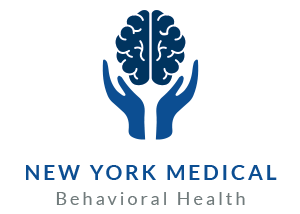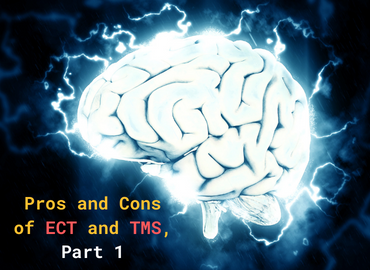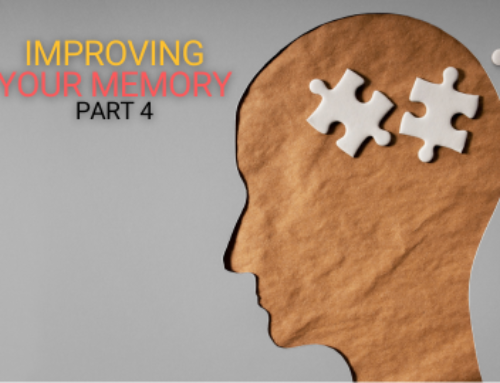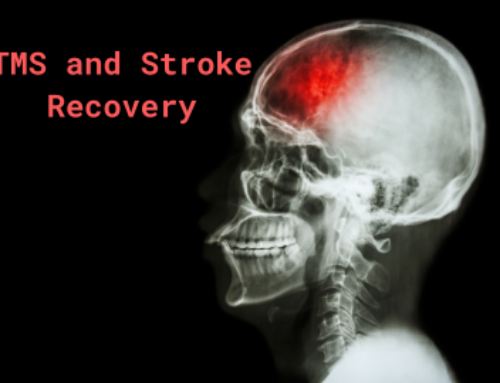Pros and Cons of ECT and TMS, Part 1
We get a lot of questions about how brain stimulation and neuromodulation work, and we celebrate that. We want to make sure that our patients are informed at every step of the process, from the initial call to treatment to follow-up. Always ask us anything you want to know. Today, we want to discuss electroconvulsive therapy (ECT) versus transcranial magnetic stimulation (TMS). We’ve mentioned some key differences, but the next thing is to talk about how those differences manifest.
Always remember, your mileage will vary. Each person is unique, and their needs are unique.
Pros of ECT
− ECT has a long track record with decades of evolution. Modern ECT is a far cry from the experimental and sometimes inhumane procedures of decades past. ECT is trusted and recommended by thousands of medical professionals.
− The duration of ECT treatments is fairly short, maybe 30 minutes.
− Being sedated during the treatment makes it so that you can undergo the intended seizure without feeling a thing.
Cons of ECT
− ECT requires sedation, which carries its own risk with dosage calculations. Sedation requires careful monitoring, as sedated people are extremely vulnerable.
− There will be some downtime after treatment to recover from the sedatives. − The patient will not be able to drive for some hours and must have resources to transport them home.
Pros of TMS
− TMS is noninvasive and there is no sedation involved. This is helpful for people who have problems with sedatives or don’t want to be sedated.
− Being awake during the treatment means the patient can read, listen to music, or talk with the therapist.
− Patients remain independent and can take themselves where they wish to go after the treatment with no help needed.
− TMS treatments are quick, taking about 15-20 minutes in the treatment room. Cons of TMS
− Some people find TMS more anxiety-inducing than ECT and would prefer to be sedated during a brain stimulation procedure.
− ECT is better known than TMS and medical professionals who perform brain stimulation are more familiar with it.
− While TMS can be covered by insurance, most carriers will not support it unless it is specifically used for treatment resistant MDD (major depressive disorder). Patients may not be able to afford to pay for it out of pocket.
Rochester Holistic Psychiatry’s objective is to get our patients help. And both of these procedures help. You should always start with a visit to your GP and consult with a psychiatrist to decide what is best for you. Either or both might work, or maybe you don’t need either of these treatments and can achieve remission with medication and therapy. We always recommend therapy in coordination with brain stimulation treatments. Reach out on our website any time or call (585) 442-6960.





